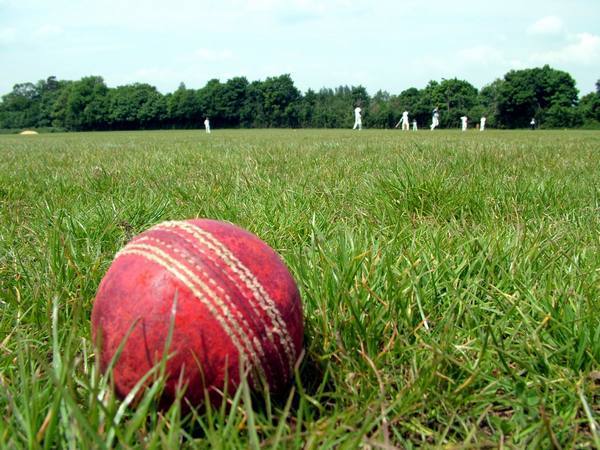How to improve cricket umpiring decisions

THE EDITOR: The recently concluded Cricket World Cup was marred by several wrong decisions, batsmen being ruled “not out” when in fact they were out, and vice versa.
To give an example, in the 11th over of the England-India match, Jason Roy, on 21, nicked the ball and was out caught behind. However, umpire Aleem Dar ruled “not out,” even signalling a wide. But India chose not to review the decision for fear of “wasting” the one measly review allowed in a 50-over match so early in the innings.
Roy celebrated the reprieve by scoring six and four off the next two balls. He was eventually out for 66, 11 overs and 111 runs later. England duly won the match. Who knows what would have been the outcome had Roy been given out in the 11th over?
The irony is that, within seconds, everyone watching knew what the correct decision should have been. Why not give the umpire the help needed, as a matter of course, to make the right call?
I use this example to highlight the sheer idiocy of the International Cricket Council (ICC) rules as they pertain to reviews.
A cricket result should be the outcome of batting, bowling and fielding. It should not depend on the “strategic use” of two reviews for a Test innings and one for limited-overs matches. One should be entitled to review any close decision. If it goes against you, why should you be penalised for “wasting” a review? (I acknowledge the recent change where you don’t lose a review if it’s an “umpire’s call.” That’s an improvement but does not go far enough.)
I have long advocated that the quota system of reviews, as currently implemented, be scrapped and all close calls, including LBWs, referred to the TV umpire. Far from reducing the role of the on-field umpire, he would now have greater say in ensuring that more correct decisions are made. Here are some suggestions.
The batting side has no reviews but all “out” decisions should be checked for correctness (even if only to ensure it was a legal ball) by the third umpire. Give the fielding side at least three reviews for cases where the umpire might have made an error in ruling a batsman “not out” when he, in fact, is “out” (as in the example cited earlier).
You do not lose a review if the decision is too close to call with the naked eye or if the review is upheld. Whether it’s a 20-over, 50-over or a Test innings, the goal of the fielding side is to take ten wickets. The number of incorrect reviews allowed should be the same across all formats.
While these suggestions will not ensure the perfect decision every time, they will reduce the number of “howlers” (glaringly wrong decisions) we still see, due to the misuse of the available technology by the archaic thinking of the ICC.
NOEL KALICHARAN
via e-mail


Comments
"How to improve cricket umpiring decisions"